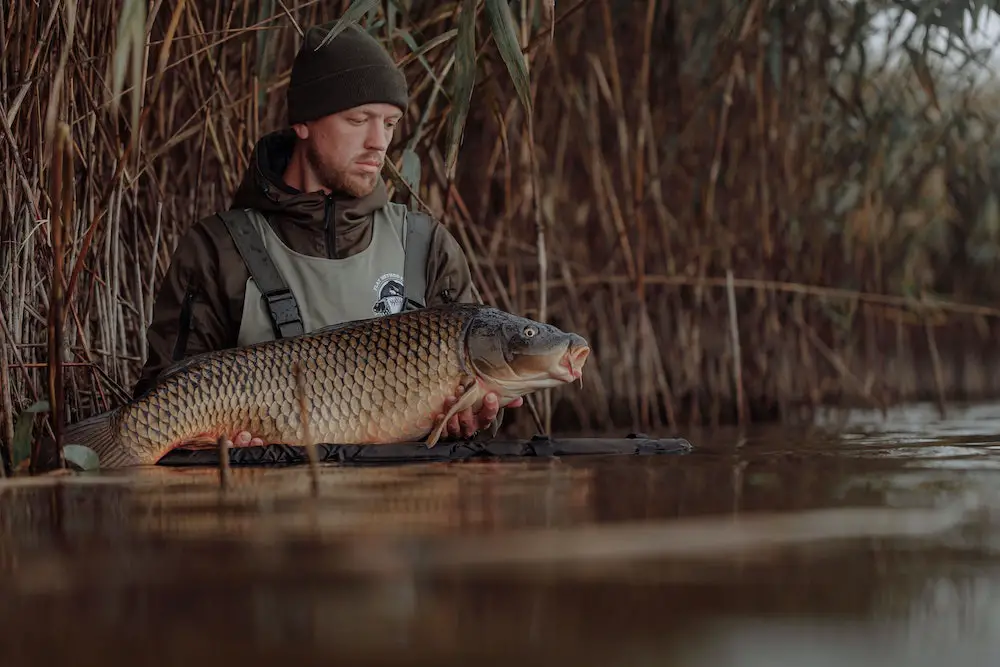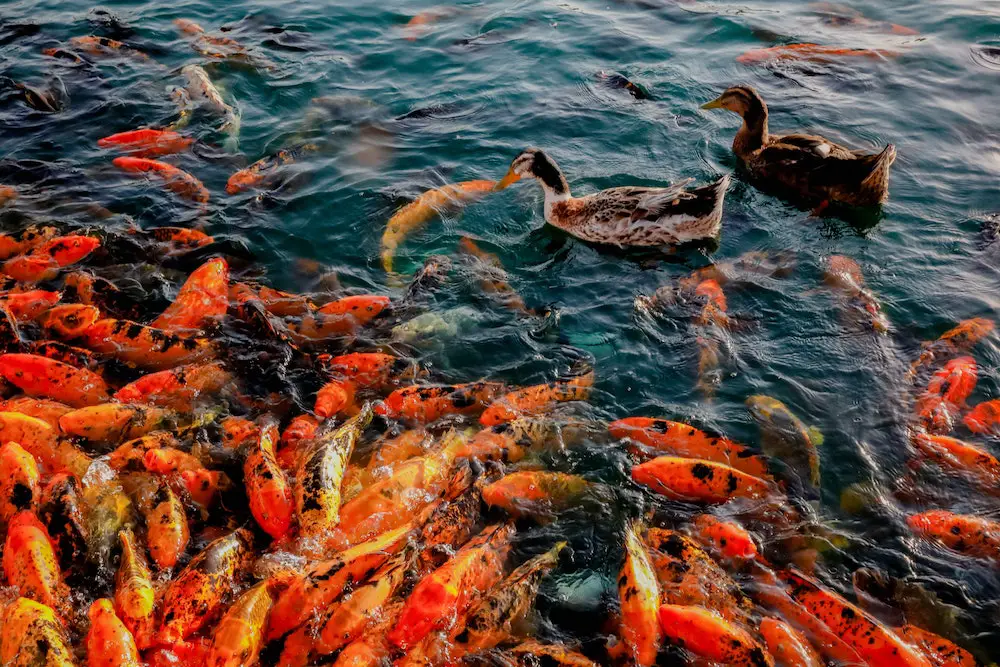Fishing is a great activity that families can do together. Many parents teach their children how to fish, with the pure intent to release the animals after catching them. It’s meant to be less cruel than traditional fishing – but does catch and release still hurt the fish?
Catch and release can be cruel if an angler is inexperienced. A knowledgeable angler will know to handle the fish with care and choose the right equipment to ensure a safe release with a 97-99% survival rate. Poor catch and release techniques, such as using the wrong hooks and fighting the fish to exhaustion, will result in lasting physical damage or death.
Let’s look at the catch and release process and why this is dangerous for fish when you are not a careful and diligent angler.
Is Catch and Release Fishing Cruel?
In general, catch and release should not be cruel if you follow best practice techniques. But this isn’t always the case. The main causes for fish mortalities include:
In general, catch and release should not be cruel if you follow best practice techniques. But this isn’t always the case. The main causes for fish mortalities include:
Even if a fish isn’t deeply hooked, catch and release might still harm that fishes ability to survive in the wild after it’s been caught.
A study from the Journal of Experimental Biology shows that continuous minor injuries from dehooking a fish can damage the tissue around its mouth. This means that the suction mechanisms used by many fish to catch their prey are weakened – making them less reliable feeders.
Can I Help My Fish Fully Recover Before Releasing?
Using good angling techniques will greatly increase any fish’s chance of survival with catch and release.
One of the most important things to do is to give your fish ample time to recover before releasing it back into the water. Fish often need a few minutes to acclimatize to the water once you’ve taken them out for short periods.
Properly releasing a fish includes:
When possible, it is a good idea to release the fish in deeper water. This allows them more oxygen and room to move around when it is time to go back. Give them a few minutes to go through the steps above for the best results.
Some other things you should do to help your fish fully recover starts before you’ve even caught the animal. Remember to consider these things too:
Finally, if you plan to catch fish from waters deeper than 10m, the pressure change can be stressful on their bodies, resulting in some injuries. This is called barotrauma.
While some fish are quite resilient and will swim back down to those depths on their own after their release, others may need some help getting that deep down again using a release weight.
Do Fish Feel Pain When Caught?
Like all animals, fish have their fight or flight response in the face of a potential threat. So once you hook one – it’s guaranteed they are going to struggle. But their response is a lot more complicated and similar to ours than what we originally thought.
Recent studies
show that fish have the same nerve receptors that humans do, which we use to detect harm. And beyond that, the same research shows that fish can consciously feel pain.
This is a slightly controversial subject, and many scientists still do not believe that fish have such sophisticated nerve responses – like other animals or even people. But more evidence is being released proving otherwise.
So when you hook a fish, its response to protect itself and survive is both because it acknowledges danger and feels pain.
Once they are out of the water, they continue to struggle because they cannot breathe – another important reason to get it back into its home as quickly as possible. If they are out of water for too long, their gills will collapse.
When it comes to catching fish to eat them, these marine animals face a whole different type of cruelty due to commercial fishing.
Find out more here: Is It Cruel to Eat Fish?
Can Fish Survive Catch and Release?
Fish can survive catch and release if proper handling techniques are used. As we mentioned earlier, one of the things that anglers need to be very careful to avoid is deep hooking and mishandling any fish they catch.
Preventing deep hooking
Start by using rigs and methods. This makes it more likely for the fish to get hooked in the mouth, instead of the gut. Some techniques that anglers can use for a smooth release include:
Here are the results from a study showing the percentage of mouth-caught fish found when using circle hooks:
Species studied | Percentage of mouth hooked fish |
|---|---|
Yellowfin Bream | Up to 90% |
Silver Perch | Up to 79% |
Atlantic Bluefin Tuna | Up to 94% |
Yellowfin Tuna | Up to 95% |
White Marlin (similar to striped Marlin) | Up to 100% |
Releasing a fish that is hooked deeply
Sometimes, despite your best efforts, the fish may get hooked deeply. The most important thing to do right away is cut the line close to the fish’s mouth instead of removing the hook when this happens. This can help to increase the short-term survival of the fish.
Some of the other things that you can do to help increase the survival of your fish include:
Minimizing contact with any fish you catch and plan to release will help their survival and keep fishing fun.
It’s really important to remember that fish should be kept in the water for as long as possible. The longer they are out, the more they will struggle to breathe. Remember to unhook the fish while they are still in the water and release it as quickly as possible.
Can Catch and Release Be Dangerous for Other Animals?
Even though catch and release directly affect the fish, other animals will get hurt in the process.
Catch and release may not just be cruel to the fish. It could potentially also harm other animals linked to their immediate food chain or environment, so it usually includes things like birds or turtles.
Anglers that don’t take environmental safety precautions can cause a lot of damage to the wildlife and nature around them. Some of the ways that other animals can get hurt include;
Cleaning up the area around you before you leave is one of the best ways to ensure that the fish and other animals stay safe when you decide to go fishing.
Conclusion
Fishing has been a loved sport for many generations. But it isn’t always necessary or warranted to go about fishing in its traditional sense. Today, catch and release has become a very popular option as it allows you to safely release these animals back to their home.
Unfortunately, catch and release isn’t fool-proof. Simply hooking a fish and hoping for the best isn’t enough to ensure survival once it goes back to the water.
If anglers are not careful, it’s easy to exhaust the fish and cause enough physical damage to increase its mortality rate quite a bit. So best practice techniques must be used consistently whenever you want to release a fish back to its home.
However, there is no way to make catch and release entirely cruelty-free. It was recently proven that fish are capable of sensing danger and feeling pain. Although they may not necessarily possess the cognitive intelligence to stop them from being hooked repeatedly, they can feel the threat once it is there.
So if you are concerned about these issues, catch and release might not be for you. You might find that an indoor aquarium is more to your liking. You can learn how to make one here: Are Fish Tanks Cruel?


